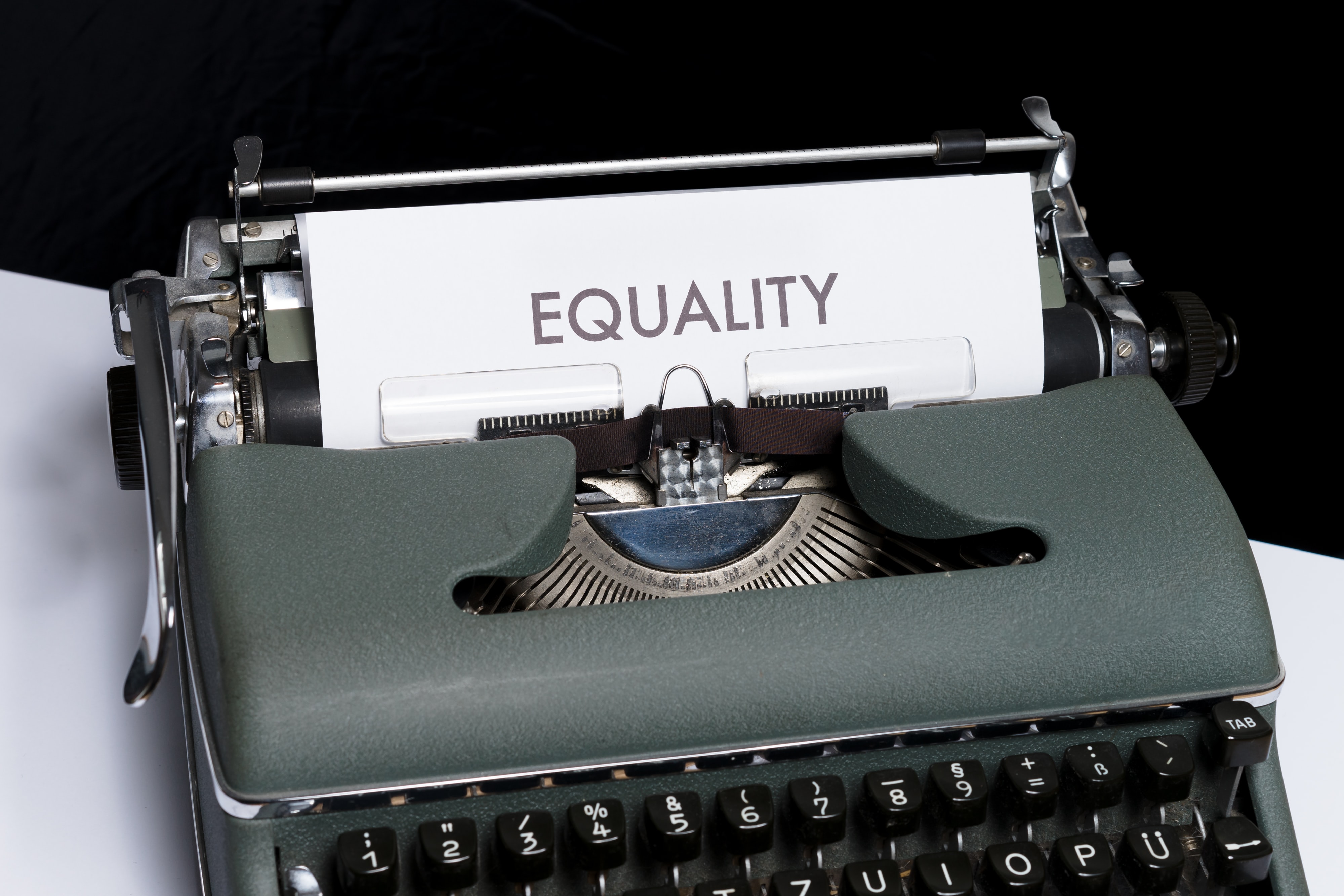
Our society has seen rapid globalization over the years. This has allowed us to overcome specific discrimination in many sectors of our community. The idea of equality has been introduced, and once achieved, the world would be a better place to live in. As humans, we have seen many forms of discrimination, such as racial or gender discrimination. The fight to abolish discrimination in our world continues as we progress in making the idea of true equality absolute. The most concerning form of discrimination is in higher education.
This issue can be highlighted on multiple levels. Even the percentage of students accepted into universities such as Yale or Harvard was studied. It was found that only 5% of them came from the bottom half of the socioeconomic spectrum. Below is a detailed description of how equality is a rising issue in education.
Socioeconomic discrimination
Since the idea of equal rights, educational institutes have been striving to achieve a diverse range of students. This has caused most universities to focus only on gender and racial equality. It also wholly ignored socioeconomic discrimination. In 2012, 79% of students from high-income families obtained a bachelor’s degree in the United States. But only 11% of low-income families graduated. Hence, you can see that the concept of discrimination within social structures is also quite troublesome.
Gender discrimination
Even when gender and racial discrimination are being countered, we still see forms of it linger in our education system. A statistic in 2018 showed that 57% of students in higher education were females. Yet, their average income would be just 78% of what men earn. 15 to 25% can be explained by their field of study. However, the earning gap is still huge. Institutes actively promote and keep quotas for female staff to rise to higher positions. Yet, the number of female staff is already tiny; thus, the progress of bringing equality is slowed.
Racial discrimination
In the past, people of color were segregated from the white population in America. Institutes did not have diversity policies. Thus, institutes that cater to people of color would receive less funding than other colleges. This has changed as time progressed, where institutes have diversity policies that allow people of all colors to mix. However, racial discrimination is still seen in institutes to this day. The reason for this is connected to the socioeconomic background of students.
Problems caused by inequality
Since inequality still remains in our institutions, this causes many problems. These problems include the inability to graduate, poor job placement, and internal discrimination. We can notice that even when institutes fulfill their part in reducing bias, they stop trying to mitigate it. Others can also cause prejudice. It causes the discriminated population to feel demotivated to continue their education.
Conclusion
The idea of different types of discrimination in higher education institutes and the problems caused by it. It can be seen that the issue of equality is still a big problem. Only when equality in higher education is achieved will society progress much faster in bringing true equality to the world.
Sort: Trending